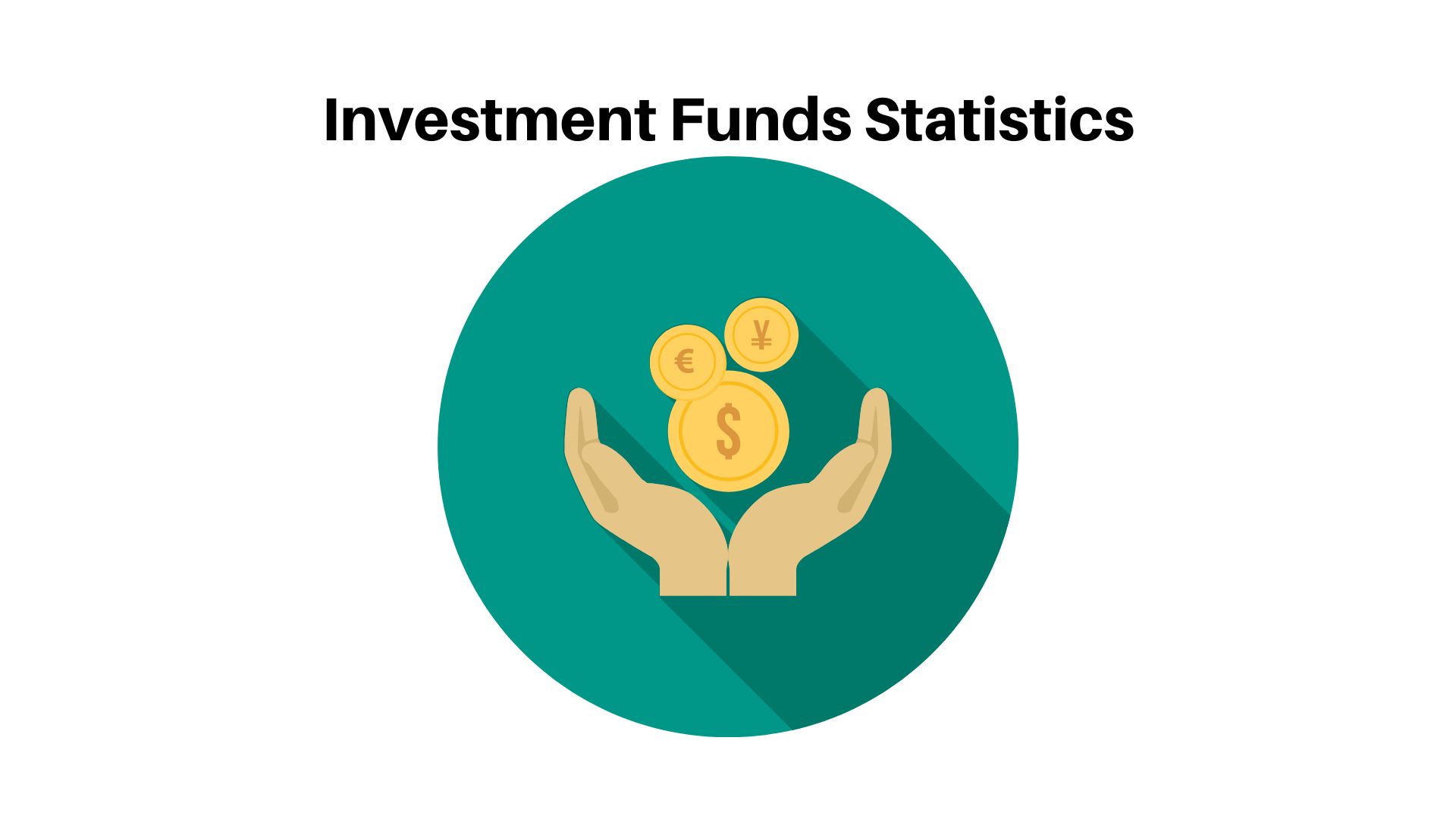Introduction
The web design industry has undergone massive growth and evolution over the past decade. As more businesses move online and consumers spend increasing time on the internet, having an effective web presence is more critical than ever.
This report aims to provide key insights into the current state of web design based on the latest industry surveys and research. It contains over 60 up-to-date statistics covering website usage, design trends, costs, conversion optimization, and other vital topics.
Whether you are a business looking to develop or revamp your website, a designer seeking the latest market information, or simply interested in how the online landscape is changing, this report will give you a comprehensive overview of where web design is today and where it is headed.
Key Web Design Statistics
Website Usage
- There are over 1.74 billion websites online as of January 2023, reflecting a 900 million increase since 2016. (Source: Internet Live Stats)
- Global internet users spend an average of 6 hours 54 minutes online each day as of 2022. (Source: Backlinko)
- 73% of millennials prefer to carry out online research before making a purchase. (Source: Big Commerce)

Mobile Usage
- As of January 2023, mobile internet users account for 57.4% of total website traffic worldwide. (Source: Statista)
- More Google searches now take place on mobile devices than on desktops worldwide. (Source: Backlinko)
- 52% of website traffic is generated through mobile phones, while 42% comes from desktops. (Source: Statista)
Design Trends
- Minimalist design is the most popular aesthetic among designers, used by 27.8% in 2022. (Source: WebFX)
- Vibrant colors are coming back, with 24.7% of designers using vivid palettes. (Source: WebFX)
- 67% of designers believe that page load speed has become more important for rankings. (Source: HubSpot)
Web Design Costs
- The average price charged by web designers in the US is $200 per page. (Source: Zippy)
- Small business websites cost between $5,000 – $15,000 on average to design and develop. (Source: Fit Small Business)
- Custom-designed WordPress sites have an average price tag of $14,000 – $100,000+. (Source: HubSpot)
- Maintenance costs for an existing website average $5,000 per year. (Source: WebFX)
Conversion Optimization
- 70% of marketers say optimizing web pages for conversions is their top priority. (Source: Unbounce)
- Pages with the fastest load speeds have conversion rates of over 200%, compared to the slowest-loading pages. (Source: Google)
- Websites with comprehensive SEO generate 322% more leads than those without. (Source: HubSpot)
- 84% of users say page load time impacts their decision to move to a different site. (Source: Think with Google)
Web Design Statistics By Topic
Website Ownership and Usage Patterns
- 38.3% of all global internet users have purchased products online. (Source: Statista)
- 51% of small businesses in the US have their own website. (Source: Clutch)
- Websites generate an average of 31.5% of sales revenue for small businesses with under 100 employees. (Source: Fundera)
- People visit only 1-2 pages on most websites. (Source: Neil Patel)
- The optimal homepage length is around 500 words for SEO and engagement. (Source: Backlinko)
Most Important Website Elements
- Quality content ranks as the most important element of an effective website, selected by 51% of marketers. (Source: HubSpot)
- Good aesthetics and visual appeal are considered vital by 36% of people. (Source: Clutch)
- Fast page loading is crucial by 32% of website owners and users. (Source: Clutch)
- A strong call to action is deemed essential by 26% for converting visitors. (Source: Unbounce)
Website Traffic Sources
- Organic search delivers 51.4% of total website traffic on average. (Source: Backlinko)
- Direct visits account for 26.4% of visits. (Source: Backlinko)
- Social media drives 10.5% of traffic to websites. (Source: Backlinko)
- Email marketing generates 4% of total website traffic. (Source: Mailchimp)
- Paid search delivers 7.7% of website visits. (Source: Backlinko)

Mobile Website Statistics
- 57% of users say they won’t recommend a business with a poorly designed mobile site. (Source: Think with Google)
- Websites not optimized for mobile take 1.3x longer to load on phones and see 4x higher abandonment rates. (Source: Google)
- 61% of mobile site visits are abandoned if pages take over 3 seconds to load. (Source: Think with Google)
- Mobile-friendly sites have conversion rates 15% higher than non-responsive sites. (Source: Statista)
Web Design Costs
Custom Website Design Costs
- Basic 5-page websites cost $2,000 – $7,000 on average. (Source: Website Builder Expert)
- E-commerce sites with up to 100 products run $6,000 – $25,000. (Source: Website Builder Expert)
- Sites built on CMS platforms like WordPress or Drupal average $10,000 – $20,000. (Source: Crowdcontent)
- High-end custom web design costs $25,000+ on average. (Source: Website Builder Expert)
Ongoing Maintenance Costs
- Regular website maintenance fees range from $50 – $150 per hour. (Source: Clutch)
- Small business sites require 10-15 hours of maintenance per month, costing $500 – $1,500. (Source: WebFX)
- E-commerce sites need 20-25 hours of monthly maintenance, averaging $2,000+ per month. (Source: WebFX)
- Annual fees for maintenance range from $3,000 for brochure sites to $12,000+ for e-commerce. (Source: Hobo Web)
Web Designer Demographics
- 63% of web designers are self-taught and do not have formal training. (Source: Zippy)
- 57% of professional designers are freelancers, while 43% work for agencies and companies. (Source: Zippy)
- The average web designer’s salary in the US is $77,200 per year. (Source: ZipRecruiter)
- Designers charge an average hourly rate of $50 – $150. (Source: Clutch)
- Men make up 69% of full-time web designers. (Source: Zippy)
Design Tools and Platforms
- 80% of designers use Adobe Photoshop. (Source: Canva)
- 54% use Adobe Illustrator and 49% use Sketch. (Source: Canva)
- For UI design, 64% use Adobe XD, and 61% use Figma. (Source: Rodeo)
- 78% build websites using WordPress. (Source: WPBeginner)
- 24% use Squarespace and 22% use Wix. (Source: StackShare)
Website Performance Statistics
- 53% of mobile site visitors leave pages that take over 3 seconds to load. (Source: Akamai)
- Pages that take 1 second to load see conversion rates 2.5x higher than 3+ second pages. (Source: Cloudflare)
- Optimizing page speed can increase organic traffic by 25%+. (Source: Think with Google)
- Websites with the fastest response times earn 30% more revenue on average. (Source: Cloudflare)
Web Design Industry Growth
- The web design sector saw growth of 13% from 2020-2021. (Source: IBIS World)
- Global web design revenues reached $194 billion in 2022 and are projected to hit $363 billion by 2026. (Source: Statista)
- In the US, over 168,000 people are employed as web designers as of 2021. (Source: IBIS World)
- The increased need for web design services is expected to drive industry job growth of 5% through 2028. (Source: Zippy)
Additional Web Design Trends
- Accessibility design is becoming more important, with 57% of designers making it a high priority. (Source: Adobe)
- Dynamic content and personalization are being embraced by 66% of companies to boost engagement. (Source: Econsultancy)
- -Animated interfaces now appear on 46% of websites to deliver an immersive experience. (Source: UI Movement)
- Trust symbols and social proof elements like reviews and testimonials are utilized by 71% of sites. (Source: Big Commerce)
Notable Web Design Innovations
- No-code site builders like Webflow and Bubble allow quick design without coding knowledge.
- AI tools like Wix ADI build sites automatically with minimal human input.
- Augmented reality and 3D web experiences are emerging through platforms like 8th Wall.
- Integration of IoT and wearable tech is enabling more interactive digital experiences.
Frequently Asked Questions
What are the most popular web design styles right now?
Minimalism remains the most common aesthetic, used by 28% of designers. Vibrant multi-color palettes are also gaining popularity, employed by 25% of sites. Parallax scrolling, flat design, and bold typography are other current trends.
How much should a small business budget for a new website?
An average small business site with 5-15 pages costs $5,000 – $20,000 for custom design and development. Pre-made templates through services like Squarespace and Wix cost $100 – $500 per year.
What is the best platform for building a website?
WordPress is the most widely used platform, powering over 35% of sites. It is highly flexible and works well for blogs, business sites, and online stores. Easy-to-use drag-and-drop builders like Wix and Squarespace are also popular options.
Is web design a dying industry?
Far from it – web design is a rapidly growing field. Web development revenues have expanded at nearly triple the 5% US GDP growth rate over the past 5 years. The increased digitization of business and life is driving greater demand for web design services.
How long does it take to build a website?
For professional custom web design, the process takes 2-6 months on average. The timeline depends on site complexity, whether you use a CMS like WordPress, and how quickly content can be produced. Simple websites can be designed in 1-2 weeks.
What skills do you need to be a web designer?
Web designers need technical skills like HTML, CSS, JavaScript, and image optimization. Design skills in areas like typography, layout, and color theory are essential. Communication ability and project management experience are also vital.
Conclusion
The web design landscape is being shaped by the dominance of mobile, the rise of powerful design tools, the growing need for speed and performance, and increasing competition for user attention online.
Investing in a well-designed, conversion-optimized website that provides a great user experience across devices is now a prerequisite for succeeding in the digital economy.
As this report demonstrates, web design remains a dynamic, rapidly evolving industry at the forefront of innovation on the internet. The stats indicate that the demand for talented web designers will continue expanding for years to come as businesses strive to build their online presence.
Those considering web design as a career path can feel confident that there are abundant opportunities ahead. For existing companies and designers, staying current on the latest trends and best practices will be key to delivering maximum value to clients in an intensely competitive marketplace.
ABOUT AUTHOR

Kundan Goyal possesses a wealth of experience in Digital Marketing, offering valuable insights to businesses of all sizes. He actively contributes to industry-specific PR, news outlets, and forums, shaping discussions and driving forward-thinking strategies. Outside of work, HE enjoys carrom and has a deep passion for news editing and research. His strength lies in helping companies make informed, strategic decisions and predicting future trends. With his dedication and innovative approach, he is a versatile professional who brings a unique blend of skills and expertise to the ever-evolving digital landscape, enabling businesses to thrive in this dynamic environment.








